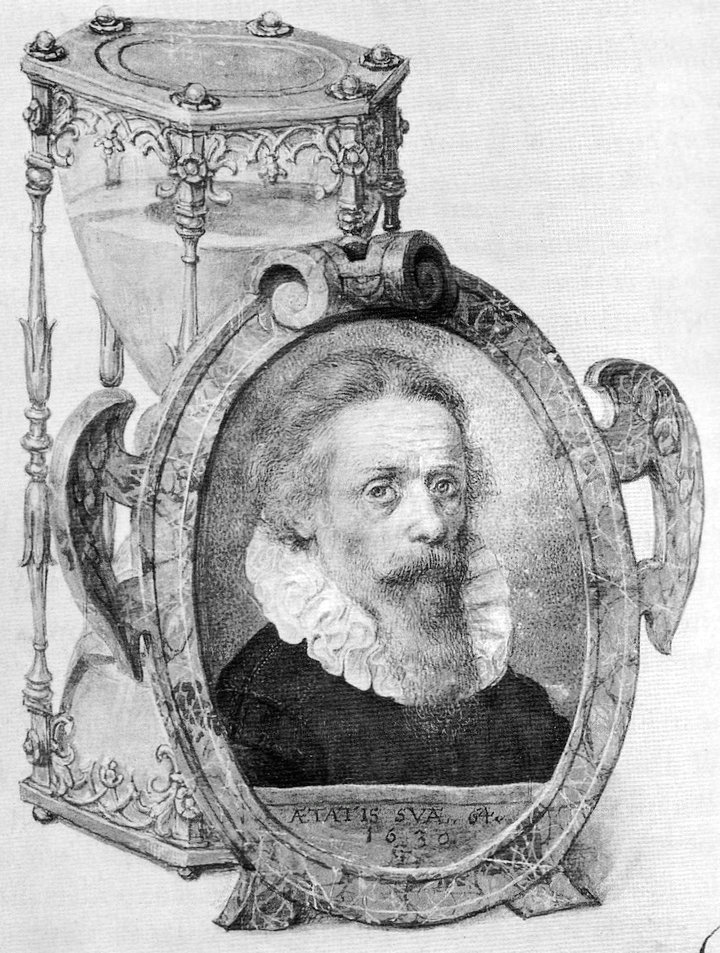Georg Flegel


Georg Flegel (Born 1566 in Olomouc, March 23, Dead 1638 in Frankfurt am Main) was a German painter of the early 17th century, best known for his still life works.
In 1566, probably born as the son of a shoemaker in Moravian Olomouc, Flegel worked at a time when the depiction of immortal objects slowly began to emerge from the background of portraits and scenic representations. Flegel also painted flowers, birds, and smokers’ lives, such as meals, sweets and delicacies. Also some studies of nature in watercolor are among his works.
Flegel was born in Olmütz (Olomouc), Moravia. Around 1580 he moved to Vienna, where he became an assistant to Lucas van Valckenborch I, a painter and draughtsman. Flegel and his employer later moved to Frankfurt, which at the time was an important art-dealing city. As an assistant, he inserted items such as fruit, flowers, and table utensils into Valckenborch’s works.
He is probably the same person Kramm found in Utrecht as ‘juriaen vlegel, Constschilder.’ in the “Protokol” of the notary (or real estate agent) Verduyn, noted as “Acte van 21 Maart, 1616”. If so, then he probably moved there because of the new Utrecht Guild of St. Luke and probably knew other still life painters active there in that period, such as Roelandt Savery (who had made a trip to Tyrol) and Balthasar van der Ast.
From the eighties of the 16th century he worked as an “artist” in the workshop of the Dutch painter Lucas van Valckenborch. His task was to decorate large-format paintings of table societies or market scenes with fruits, vegetables and flowers. Around 1592/93, van Valckenborch moved his workshop to Frankfurt am Main, where Flegel followed him and worked as an independent painter until his death in 1638.
He was pupil of Lucas van Valckenborch in Linz during the years 1582-1592. In a period of about 30 years (c. 1600–1630), he produced 110 watercolor and oil pictures, mostly still life images which often depicted tables set for meals and covered with food, flowers and the occasional animal. Among his students were his own two sons, Friedrich (1596/1597–1616) and Jacob (probably Leonhard, 1602–1623), as well as the flower artist Jacob Marrel.
Flegel had also his wife Brigitta come to Frankfurt. In 1594 Martin, the first-born son of the couple, was baptized. On 28 April 1597 Flegel received the citizenship in Frankfurt, which was made possible by a good testimony of van Valckenborch. Around 1600, Flegel began to devote himself to the newly emerging image of still life. In this genre he treated a variety of topics. Repetitions and motif transitions suggest that he sometimes also worked on economic aspects. In contrast to his teacher van Valckenborch, however, Flegel was not shown to be a large company with work-sharing figures and assistants. Georg Flegel’s only pupil was the Jacob Marrel, who was born in 1614, who was later educated with Jan Davidszoon de Heem in Utrecht.
Georg Flegel had seven children, which he – like his wife († presumably in 1633) – all survived. Two of his sons, Friedrich (1596 / 97-1616) and Jacob (d. 1623, probably identical to Leonhard, * 1602), were also painters.
Although Sebastian Stoskopff was influenced by Flegel in the composition of the composition, it is not known whether he had known Flegel still during his lifetime, or whether he saw the works only after Flegel’s death. Furthermore, the influence “seems to have been rather sporadic and not permanent”.
In 2009, Deutsche Post published a stamp to honor Flegel in the context of the series Deutsche Malerei. The design has a nominal value of 45 Cent and was designed by Werner Hans Schmidt.